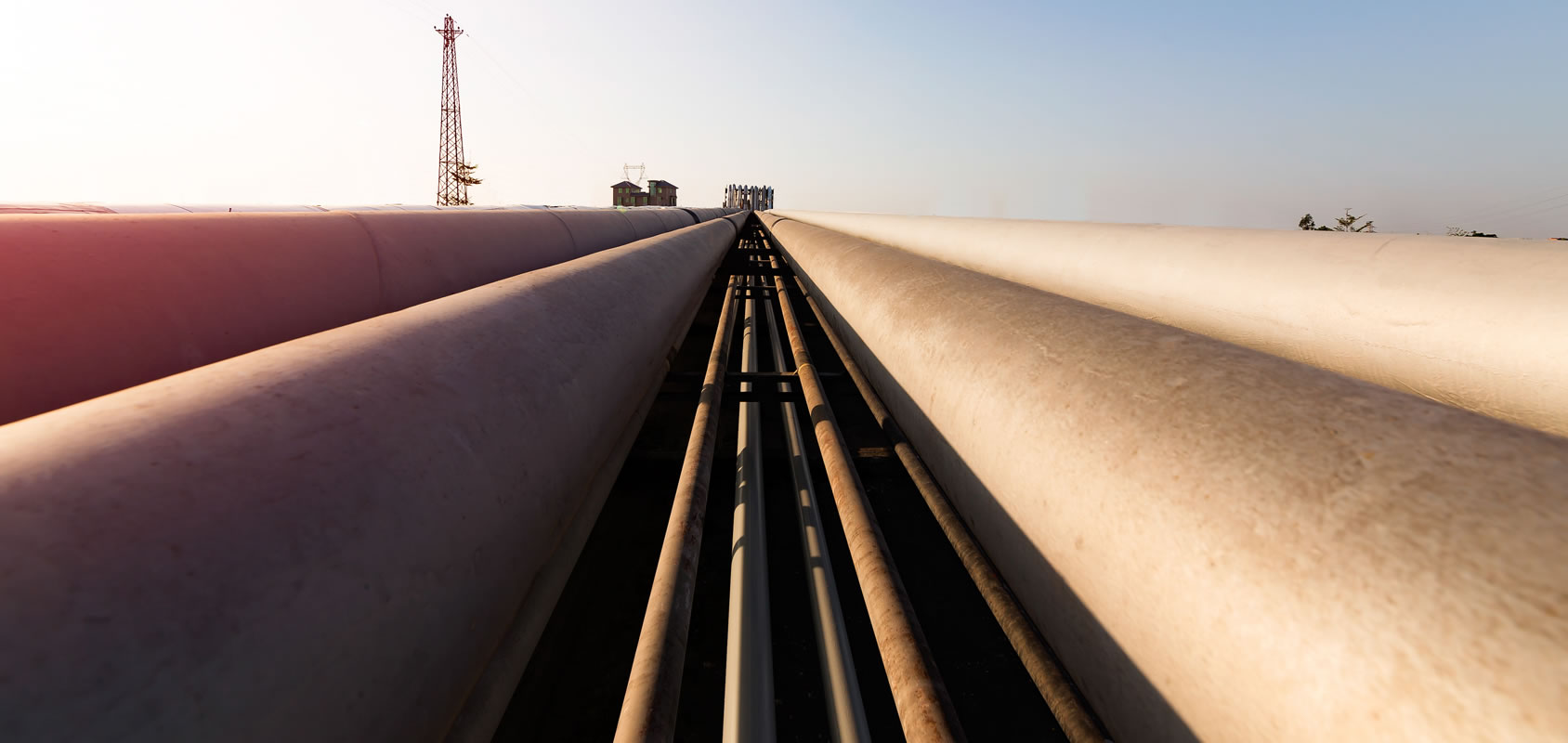
2020 and 2021 were challenging years for the oil and gas industries, as global lockdowns delayed planned projects and a reduction in travel saw a significant drop in oil and gas demand. In stark contrast, as the world re-opened, 2022 saw record profit levels [1] being achieved. While the worldwide geopolitical and macroeconomic climate remains uncertain, and threats of recession continue to loom, maintaining energy security remains a fundamental government policy that should result in stable and ongoing demand.
This stability is essential to enable petroleum companies to implement their plans for the future.
The need for energy security
The Russian invasion of Ukraine highlighted the risk of Europe being dependent on Russian oil and gas to fulfil its energy requirements, which is a situation that is unsustainable and unaffordable. European countries needed to reduce their reliance on Russian resources and recognize the importance of energy security in satisfying the needs of consumers and growing the economy.
Pressure for countries such as Canada to supply petroleum and gas to Europe [2] could offer financial benefits. However, this must be balanced against the impact on the country’s ability to meet its climate change commitments and policies, should it increase its export capabilities.
How petroleum could contribute to fuel innovation
Rising demand is likely to result in an increased global requirement for refined petroleum products, including fuel oil, LPG, liquified natural gas and diesel oil, among others [3].
The focus is likely to remain on the need for safer and more environmentally friendly extraction and operation methods and this could result in new innovations and developments that could accelerate gas processing in some parts of the world, improve refinery processing and implement more sustainable energy resources.
The transition to cleaner energy
Pressure to comply with global carbon reduction targets is likely to continue to build, and oil and gas companies are no doubt planning to invest some of their increased cash flow, combined with subsidies and incentives from governments and regulatory bodies, into investigating and implementing new forms of clean energy.
This investment could enable companies to upgrade their refineries to increase capacity, in addition to improving their business dynamics and reputation.
Mergers and acquisitions
Despite the ongoing fragility of the global economy, there is a reasonable probability that M&A activity in the sector will increase [4] over the coming years.
Where this occurs, it is likely to be as a result of major participants combining their efforts to deliver improvements to infrastructure, and productivity and to achieve higher levels of regulatory compliance, with the added benefit of securing cost efficiencies. Again, clean energy is where the majority of M&A activity has occurred within the last couple of years, and it is anticipated that this trend will remain for the foreseeable future.
Summary
With most oil and gas companies recording record profit levels in 2022, it is likely that pressure will mount for them to invest wisely in cleaner energy, implementing innovative solutions that will achieve a reduction in global greenhouse gas emissions. This requirement will drive M&A activity, infrastructure upgrade projects and other significant activity within the sector over the coming years.
Resources
[3] https://www.gminsights.com/industry-analysis/oil-and-gas-infrastructure-market